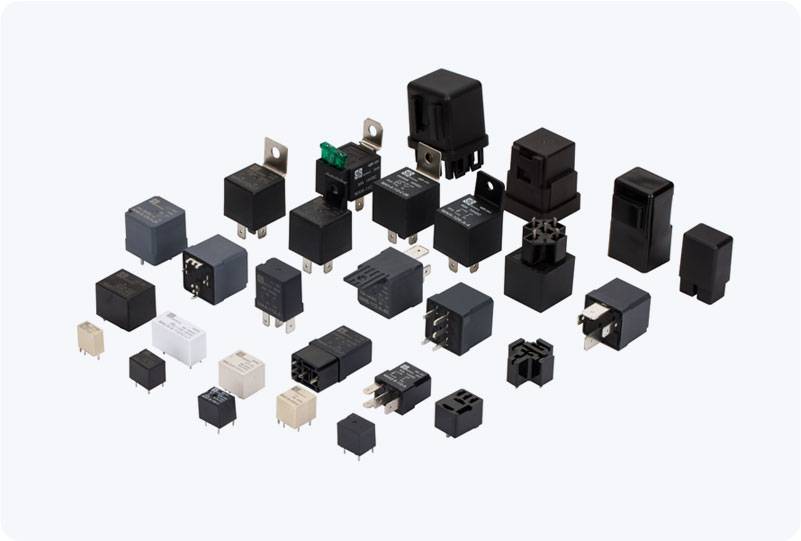Solid-State High Voltage (HV) Relays are revolutionizing the world of electrical switching, offering a more reliable, efficient, and durable alternative to traditional electromechanical relays. As industries increasingly require devices that can handle high voltage applications with greater precision and speed, solid-state relays are becoming indispensable. This article delves into the key features, benefits, applications, and technical workings of Solid-State HV Relays, and explores why they are a critical component in modern electrical systems.

What is a Solid-State HV Relay? A Solid-State High Voltage Relay is an electronic switching device used for controlling high-voltage circuits without the mechanical components found in traditional relays. Unlike conventional relays, which use physical contacts to complete or break a circuit, solid-state relays utilize semiconductor materials such as diodes, thyristors, or MOSFETs to switch electrical circuits. These relays are solid-state devices, meaning they have no moving parts, making them more reliable and durable. Key Features of Solid-State HV Relays One of the standout characteristics of Solid-State HV Relays is their ability to provide high-speed switching with no physical contacts. Traditional mechanical relays, which depend on the physical movement of contacts to open or close a circuit, often suffer from wear and tear, leading to failure over time. Solid-state relays, on the other hand, have no such limitations and can operate for millions of cycles without degradation.